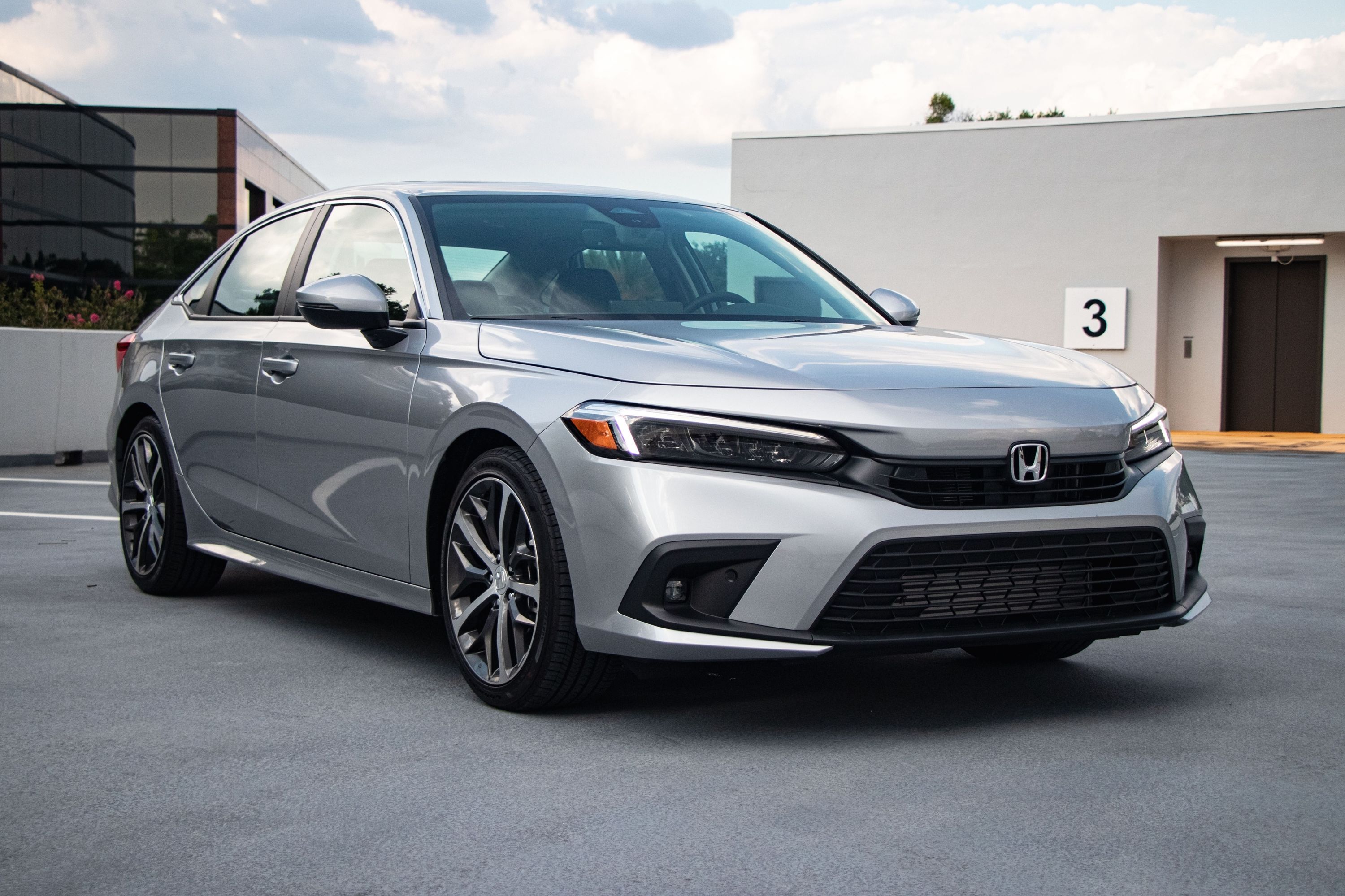
We can understand why authorities aren't always in a rush to make certain driver-assist technologies legal in every country. Tesla keeps proving why such technologies should be perfected before they're unleashed on public roads. However, some regulations simply don't make sense or have become horribly outdated.
For a long time, customers in the US have been unable to benefit from advanced adaptive headlights which have been offered in Europe since 2006. In November last year, we reported that the technology would be permitted. Now, as per the National Highway Traffic Safety Administration (NHTSA), we can confirm that adaptive driving beam (ADB) headlights have been certified thanks to a new ruling published in great detail by the safety agency.
As an extension of regular LED headlights, adaptive beams illuminate more of the road ahead while simultaneously aiming the light away from oncoming cars, thereby not blinding other motorists. It seems like a no-brainer to implement the technology here, but that was prevented from happening by a prior - and much older - rule for federal motor vehicle safety standards that forbid the use of low- and high-beam lights simultaneously.
In a 327-page document outlining every detail of the rule change, the NHTSA says: "ADB headlamps utilize technology that actively modifies a vehicle's headlamp beams to provide more illumination while not glaring other vehicles. ADB has the potential to reduce the risk of crashes by increasing visibility without increasing glare."
Currently, auto high beams are a fairly common standard feature equipped to many vehicles in the US. You can even find this feature on a base Honda Civic. But ADB improves upon this system by adapting the beam pattern depending on whether other vehicles or objects are detected by means of advanced sensors, data processing software, and headlamp hardware. Back in 2013, Toyota filed a petition for an amendment of the outdated rule to allow for ADB headlights. BMW and Volkswagen were among other manufacturers to also submit similar petitions after Toyota.
While we don't know exactly when we'll see ADB headlights on new vehicles in the US, we can't imagine it will be too long. The technology has been used in other markets for years, and now that the legal red tape has been cleared, we should soon start to enjoy the feature's benefits.
